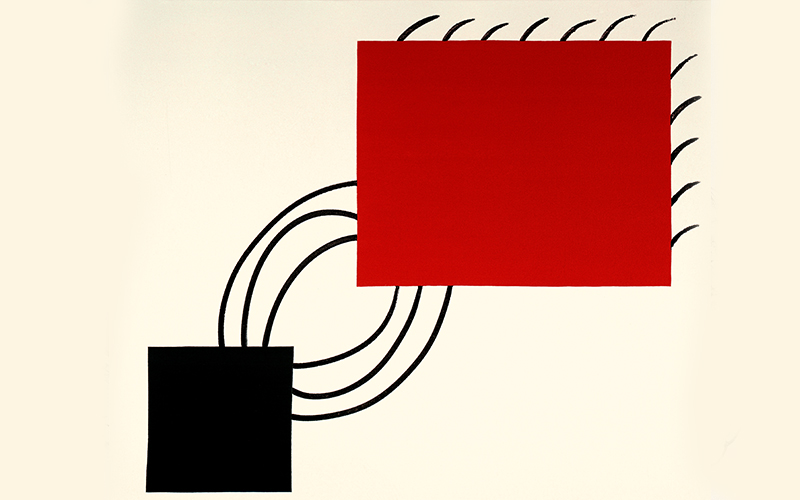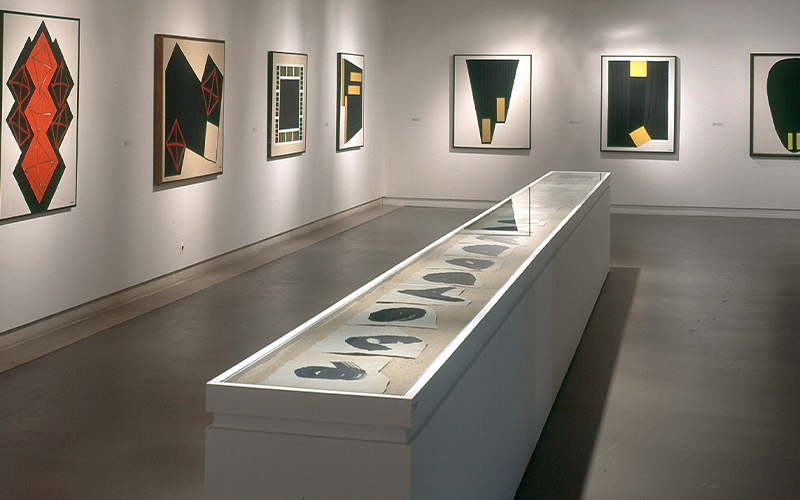The Critic’s Choice

In an interview with Jorge Fallorca, Bravo said that this was a horrible, intolerable painting and that it had no quality. The irony of the work and of this attitude allowed for a reflection on the existing critical devices in everything that has been written about his work and on how they have constructed an image of it. The text I authored in the catalogue of the artist’s retrospective exhibition (2000), which I co-curated with Helena de Freitas, is entitled ‘The critic’s choice has no quality’ and develops this reflection.
In 1988, José Luís Porfírio, in Expresso, in a review of the 35 drawings by Joaquim Bravo displayed at the CAM, wrote that he was waiting for an opportunity to expand his knowledge on the work with a survey exhibition that was becoming increasingly necessary.


Being my first big curatorship at the CAM and, in any case, the first retrospective of an artist I had ever produced, it constituted a pivotal moment between my previous work as an art critic for the newspaper Expresso and that as a curator, which would from then on take precedence over the former. There was always the awareness that a gaze made writing is an authorship added to that of the work (a reflection I looked at in detail in an article published in the magazine Marte, no. 2, from 2006: ‘The gaze made writing: art criticism from October 2003 to June 2004 in two Portuguese newspapers’).
On 19 October 1991, in a small review of an exhibition of drawings by Bravo at Diferença Gallery, also published in Expresso, I wrote that: ‘in the work of Joaquim Bravo, abstraction is associated with a careful esteem for the selection and reduction of the gesture to the essential minimum of expressiveness.’ The artist explained this basic quality of the work, so strong in this painting, in an interview with António Rodrigues: ‘The geometry is ordered but the gesture defies its apparent passiveness. (…) Nothing is passive in these paintings.’ Further on, he clarifies: ‘I call it aesthetic indifference. My paintings come from my indifference, because I don’t want to be coordinated in any way. My paintings come from ease. What displeases me most is a painting where you notice the effort to please (…). I swore that I would make paintings without painting.’
‘It could be said of this painting that it has nothing to “say”,’ we read in a text by Cabrita Reis. For Bravo, paintings are the result of the evasion of any representation of the real. He said that this would come afterwards, if it came, with the titles.
Leonor Nazaré
Curator of the CAM
Curators’ Choices
The curators of the CAM reflect on a selection of works, which include creations by national and international artists.
More choices